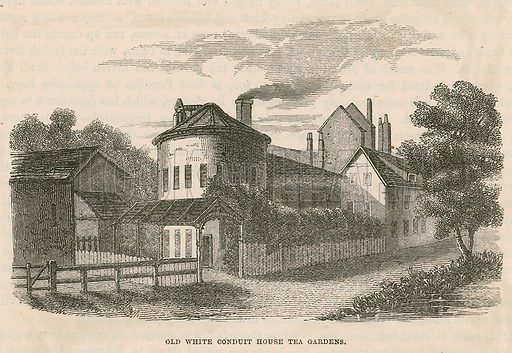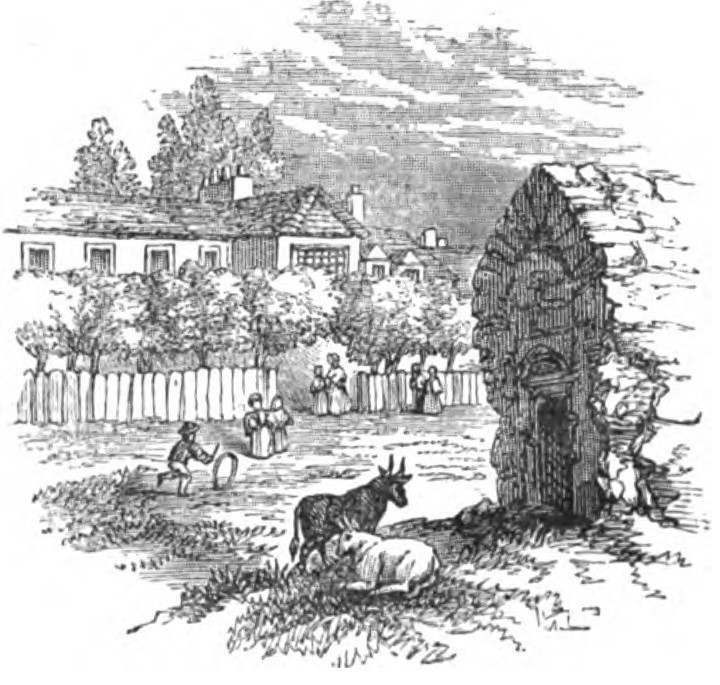
The Picture of London for 1802
In northern, central London sits Pentonville. An open countryside adjacent to the New Road, it was part of the ancient parish of Clerkenwell.
Nestled in the bucolic surroundings on Penton Street was a “celebrated Cockney place of amusement”, the White Conduit House. Originally a tavern, by 1754 it was advertised as having a long walk, circular fish pond, shady arbours, a high, enclosed fence, a cricketfield, milk directly from the cow, and hot buns that it would become famous for (https://www.british-history.ac.uk/old-new-london/vol2/pp279-289)
I have written in the past about the slow death of the Pleasure Gardens and Tea Rooms beginning in the Regency era, the White Conduit House was still a provincial escape well into the Victorian era, although in 1826 a “Minor Vauxhall” was established which led to a disreputable vibe until finally in 1849 the original house was pulled down.
The house was named for a conduit and waterhouse that supplied Carthusian friars during the reign of Henry VI.
 Much more of a hot spot for working classes than gentry, the White Conduit House was one of many countryside adventures people could escape to for a day out of the City.
Much more of a hot spot for working classes than gentry, the White Conduit House was one of many countryside adventures people could escape to for a day out of the City.
“White Conduit House, where the humbler class of the inhabitants hie, merry-hearted, on a Sunday, is one of the most celebrated of all the tea-gardens in the neighbourhood of London, numerous as they are. … The garden … is very spacious, and a neighbouring field was formerly attached to it as a cricket-ground, where a club of noblemen and gentlemen assembled to practise that game.” London, 1824.










